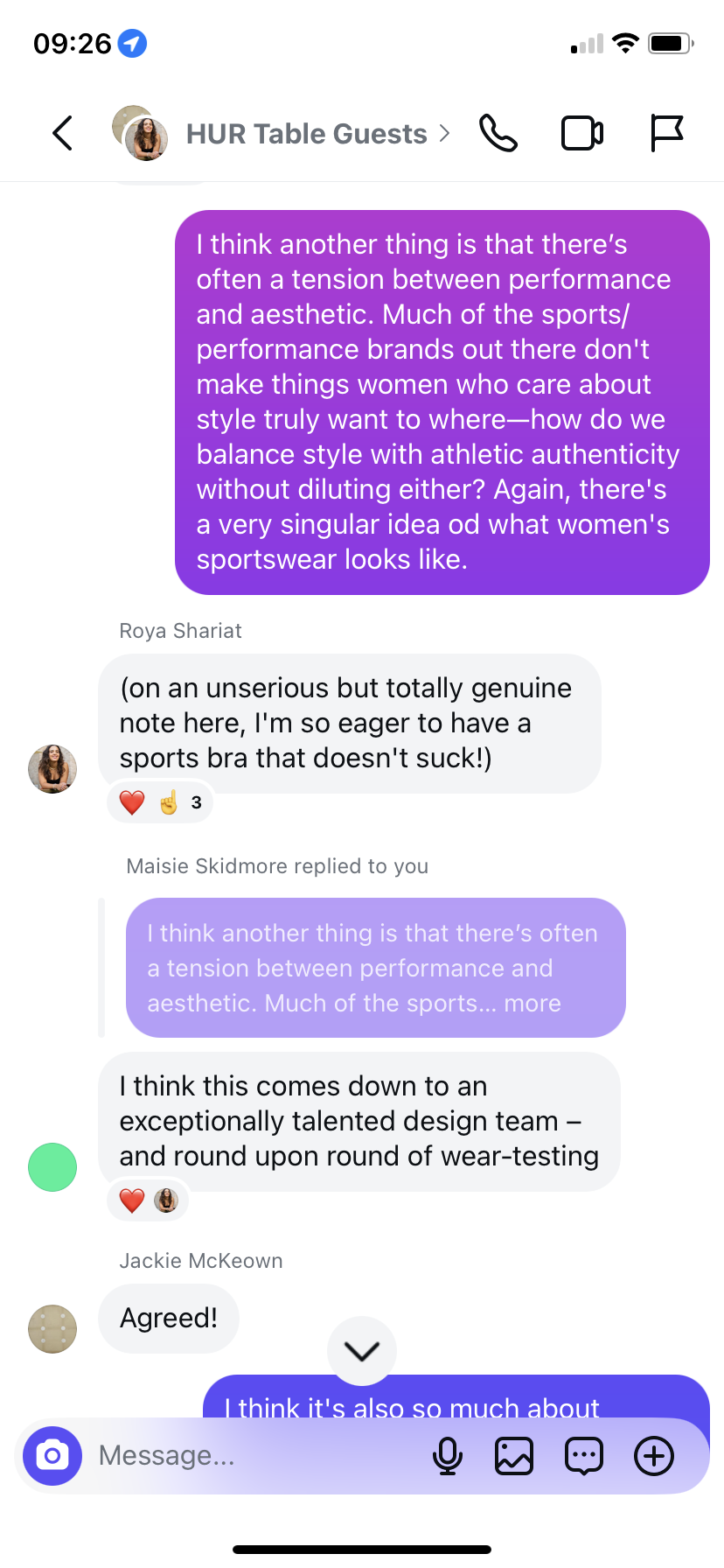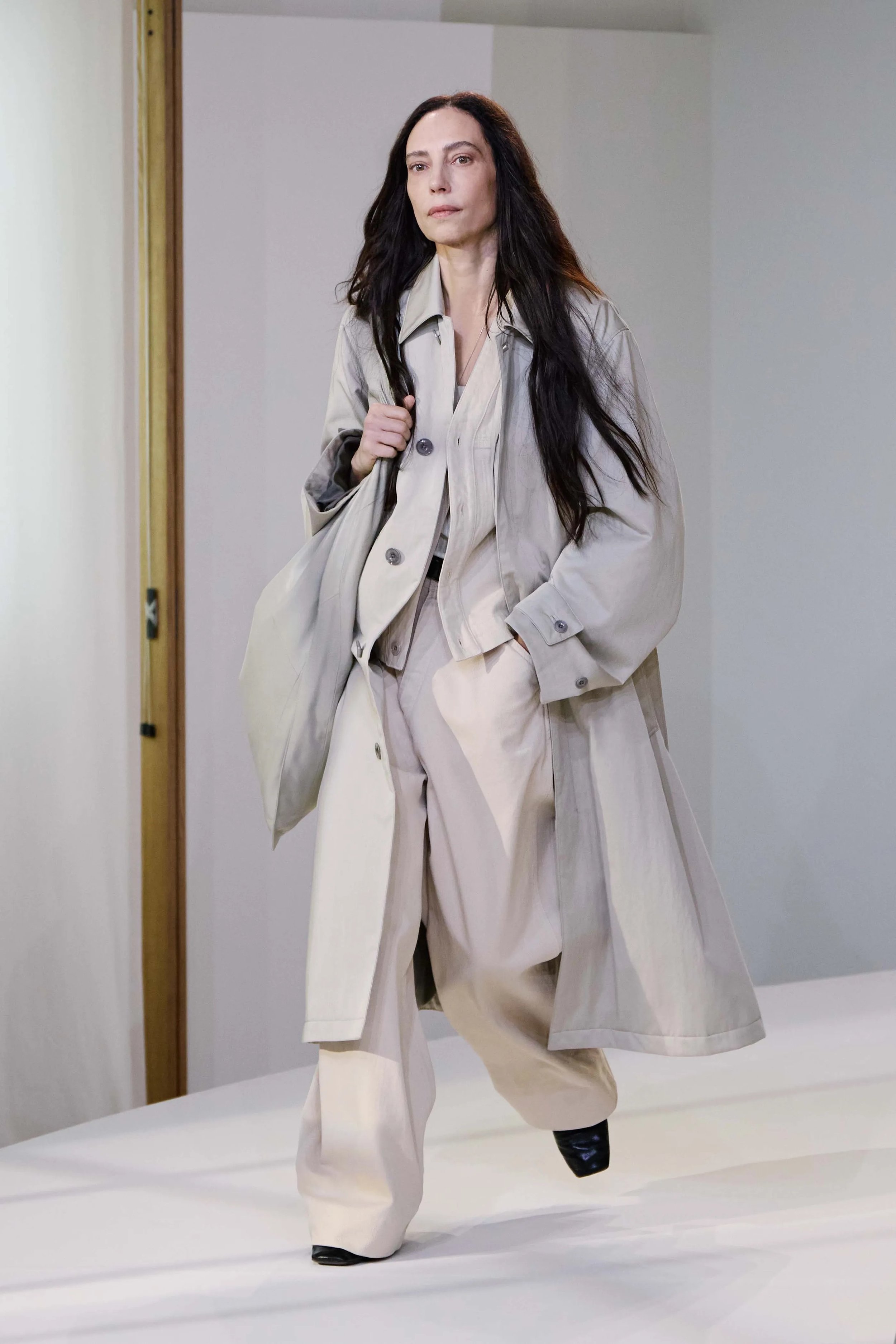Fashion Wants In on Sport But What’s the Buy-In?
Courtesy of Literary Sport
Fashion Wants In on Sport But What’s the Buy-In?
with Jackie McKeown, Lucy Delacherois Days, Maisie Skidmore and Roya Shariat
By HURS Team
The relationship between fashion and sport isn’t new—but it is evolving. For decades, fashion has borrowed from sport’s visual language without fully engaging with its meaning. What we’re seeing now is less about inspiration and more about investment. Athletes—particularly women—are becoming fashion’s latest muses, faces of campaigns, front-row fixtures. On the surface, it signals progress. But scratch deeper, and the questions pile up. What does fashion actually see when it looks at sport? And what does it choose to ignore?
Women’s sport is not just having a moment; it’s becoming a major economic and cultural force. In 2023, the Women’s World Cup drew over 2 billion viewers globally. Sponsorships for women’s sports are projected to exceed $1.3 billion in 2024. Fashion is starting to follow. Gucci partnered with England footballer Leah Williamson. Martine Rose reimagined Nike kits for both the men’s and women’s England teams. Skims is one of the WNBA’s official partners. These collaborations suggest a shift toward athletic legitimacy—but legitimacy isn’t the same as equity.
Sport is a system built on discipline, repetition, risk. It’s a language of the body, but also of class, race, geography, and gender. Fashion, by contrast, often trades in surface—elevating aesthetic over infrastructure. That tension becomes most visible when the industry courts women’s sport. There’s a difference between visibility and investment. Between celebration and support. Between using the athlete as a symbol, and engaging with the systems that built her.
Too often, brands approach sport as moodboard, not movement. Athleticism is styled, edited, controlled—offered as an aesthetic rather than a lived culture. But if this moment is to mean more, the industry must reckon with what it doesn’t know. That community sport is often shaped by absence—of funding, of coverage, of care. That women athletes have long been building legacies without the fanfare. That the real cultural capital lies not just in stadiums, but in school gyms, community centres, and local leagues.
A true partnership between fashion and sport would start with humility. It would value process over polish. It would ask who’s already doing the work—and how to support them. It would stop treating women athletes as trend cycles and start listening to them as strategists, storytellers, and cultural leaders.
Because if fashion wants to be in sport’s orbit, it has to learn to play by its rules—and sometimes, change its own.



























